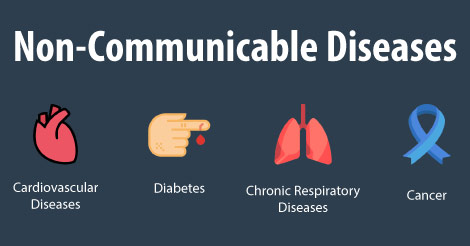Taking the study of love to a new frontier, researchers have uncovered how different forms of love activate specific regions of the brain, offering insights into the diverse experiences that we collectively label as “love.”
A team of scientists from Aalto University in Finland has made a groundbreaking discovery that reveals how various types of love—ranging from romantic love to parental affection and even love for nature—trigger distinct patterns of brain activity. The research, published in the prestigious Cerebral Cortex journal by Oxford University Press, marks a significant advancement in understanding the complex neural mechanisms underlying human emotions.
Mapping Love in the Brain
To explore how the brain processes different forms of love, the researchers employed functional magnetic resonance imaging (fMRI) to measure brain activity while study participants contemplated brief stories related to six distinct types of love. These included love for romantic partners, friends, strangers, pets, nature, and parental love.
Parttyli Rinne, the philosopher and researcher who led the study, explained that love’s activation pattern is most prominent in social situations, involving key regions such as the basal ganglia, the midline of the forehead, the precuneus, and the temporoparietal junction at the sides of the back of the head.
One of the study’s most striking findings was the unique activation observed in parental love. “In parental love, there was activation deep in the brain’s reward system, specifically in the striatum area while imagining love, and this was not seen for any other kind of love,” Rinne noted. This suggests that the bond between parents and their children may engage the brain’s reward circuits in a particularly intense manner.
The Spectrum of Love: From Strangers to Nature
The research also revealed that the brain’s response to love varies not only based on the closeness of the relationship but also on whether the love is directed toward another human being, an animal, or nature. Love for romantic partners, friends, and strangers all activated areas associated with social cognition, though the intensity of activation differed.
“Unsurprisingly, compassionate love for strangers was less rewarding and caused less brain activation than love in close relationships,” the researchers found. However, love for nature presented a unique activation pattern, engaging the brain’s reward system and visual areas but not the regions typically associated with social interactions.
A Surprising Commonality
Despite the diversity of love experiences, the study uncovered a surprising commonality: the brain regions activated by interpersonal love—whether for romantic partners, friends, or family members—were remarkably similar. The primary differences lay in the intensity of brain activity, which varied depending on the type and closeness of the relationship.
This discovery highlights the shared neural foundation of human love, while also underscoring the unique characteristics that differentiate our emotional bonds with people, animals, and the natural world.
As researchers continue to delve into the intricacies of the human brain, this study offers a fascinating glimpse into the profound and varied ways that love shapes our neural landscapes, enriching our understanding of one of humanity’s most powerful emotions.












